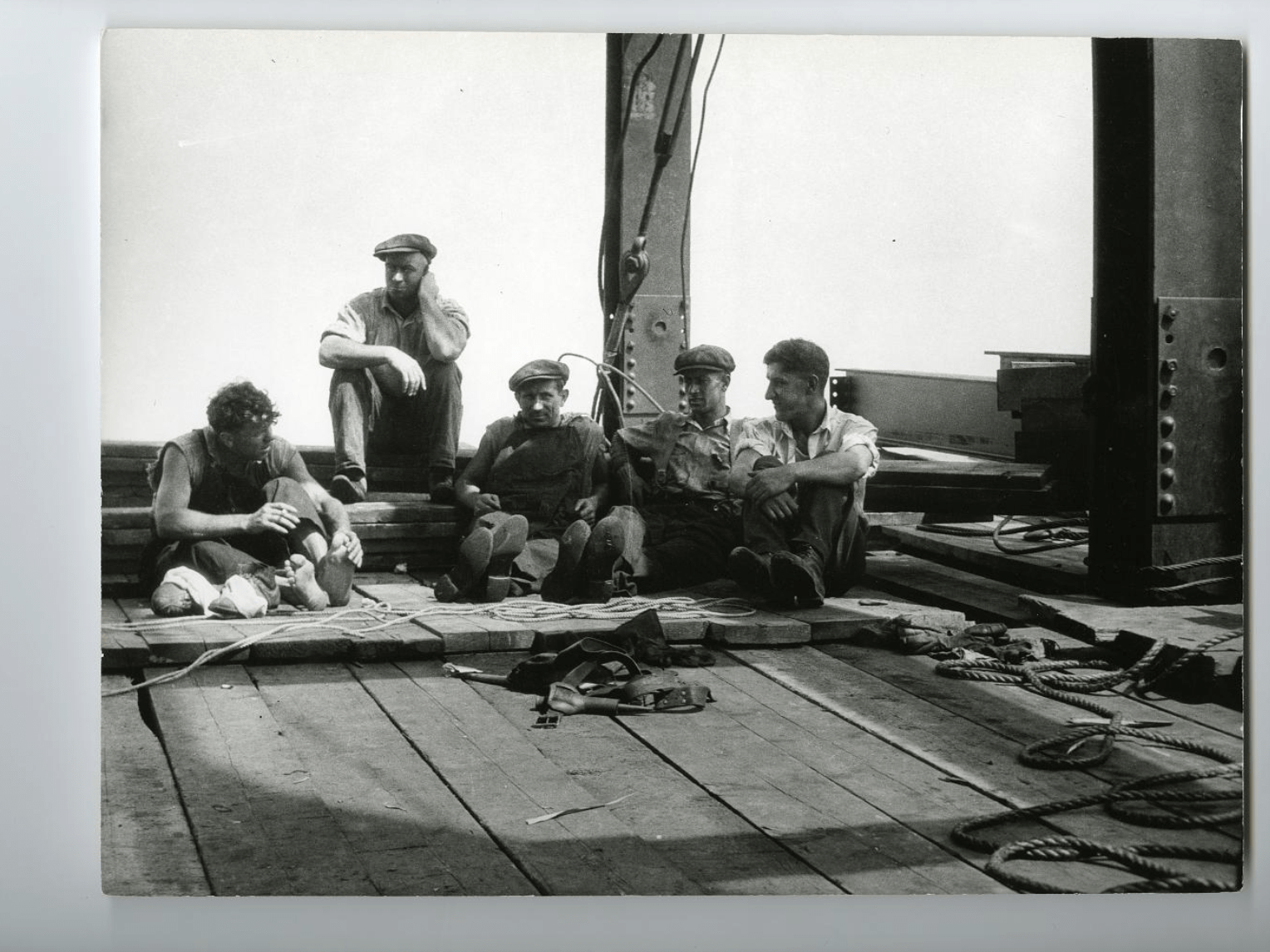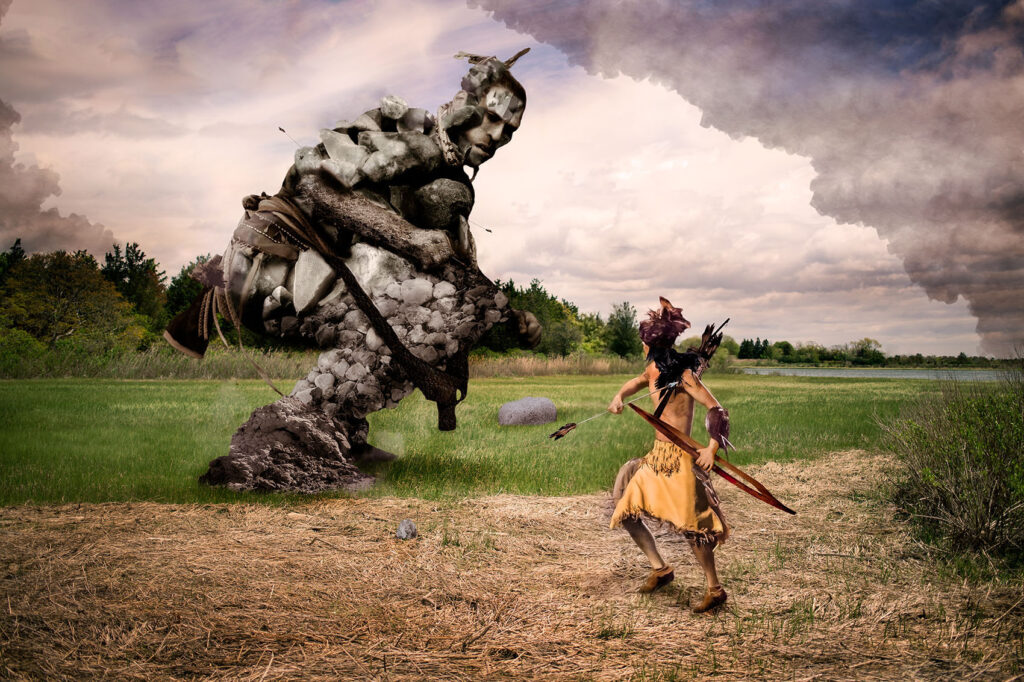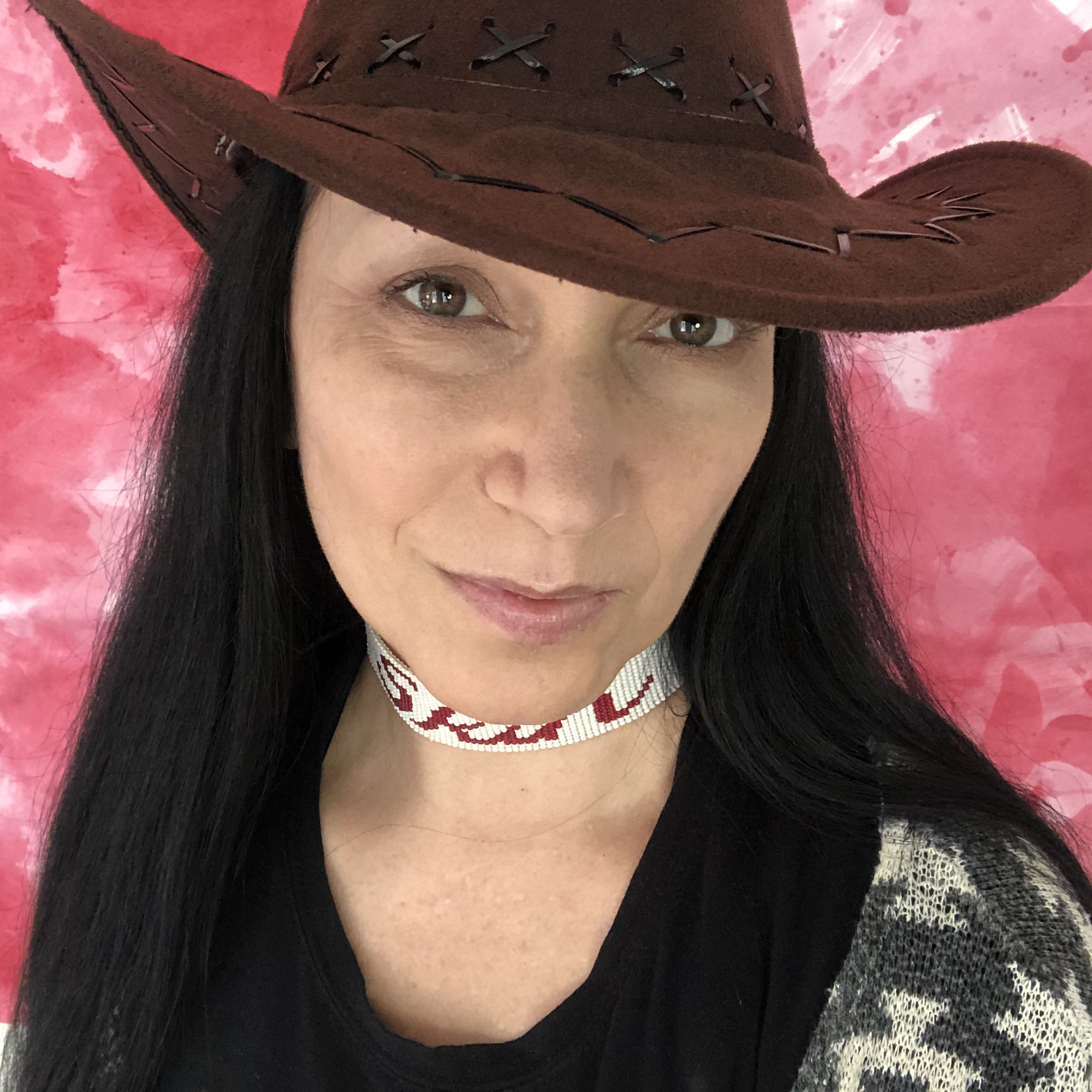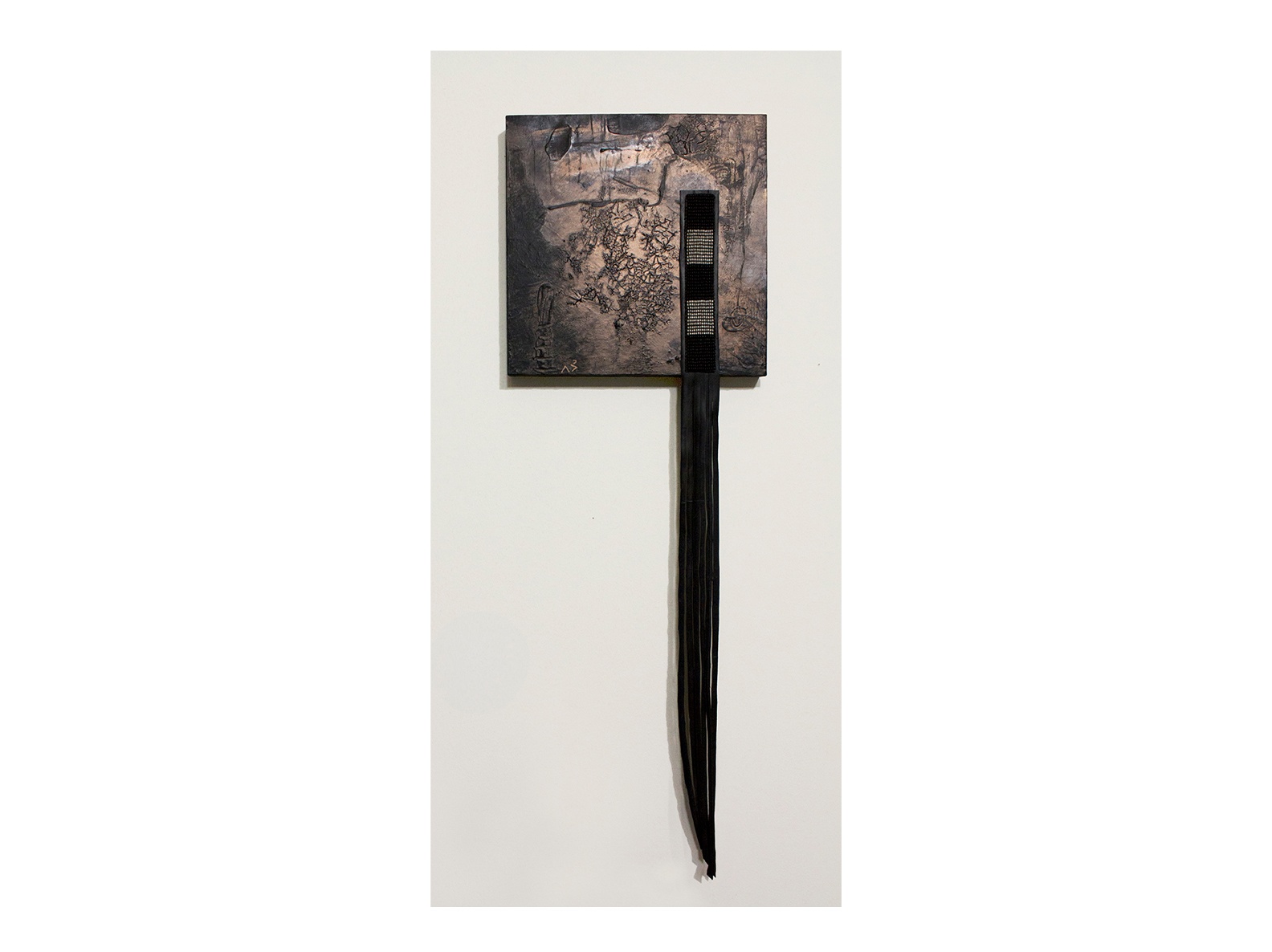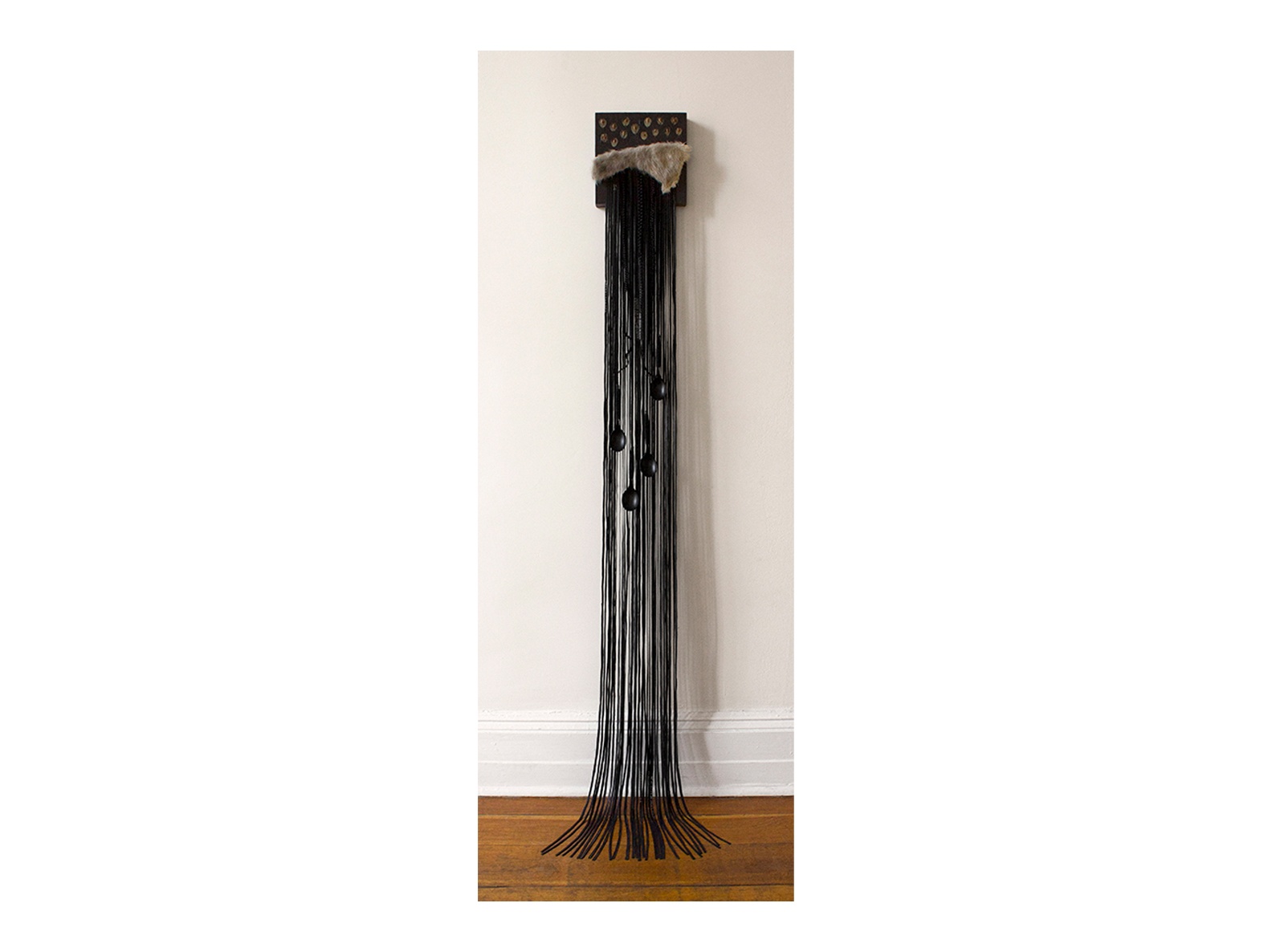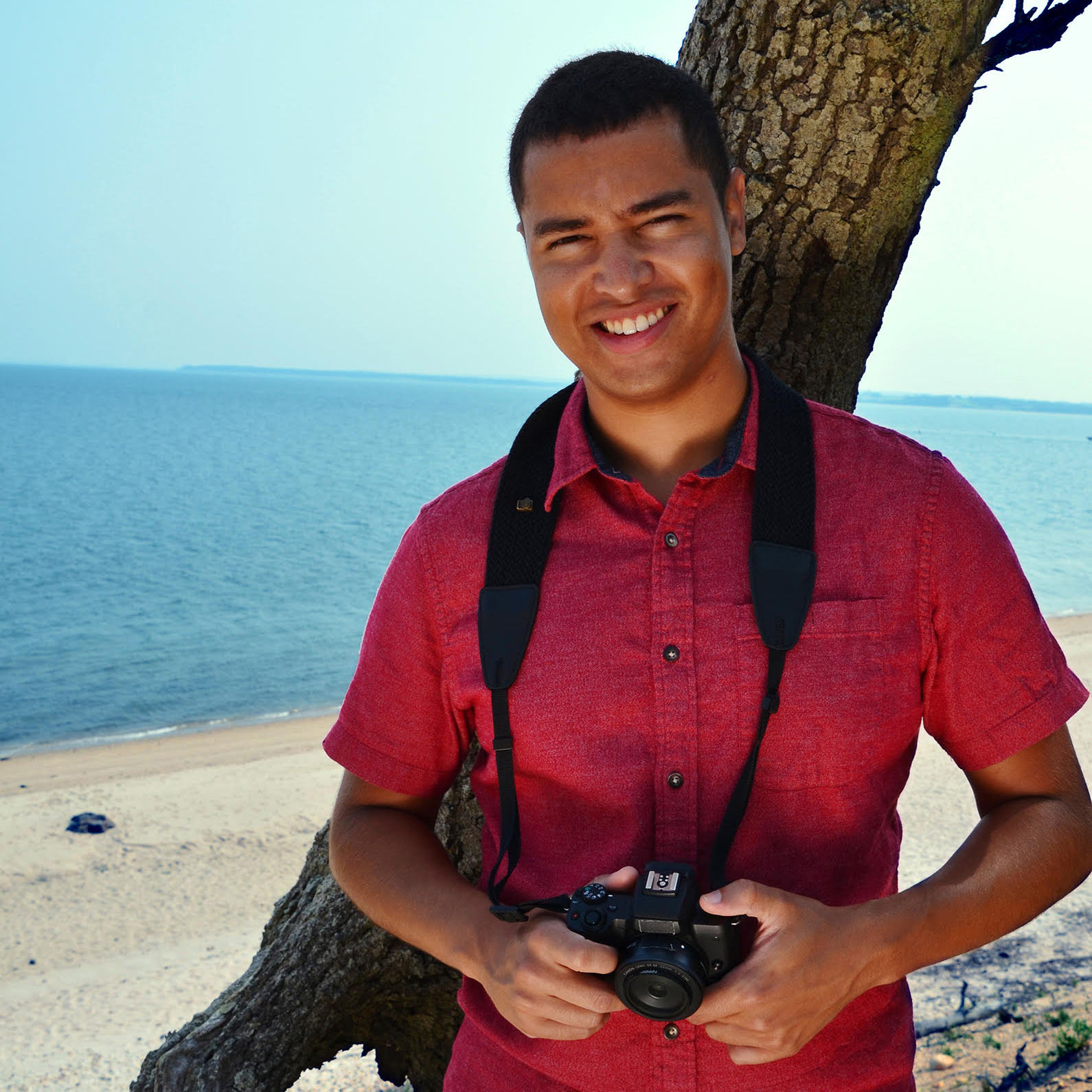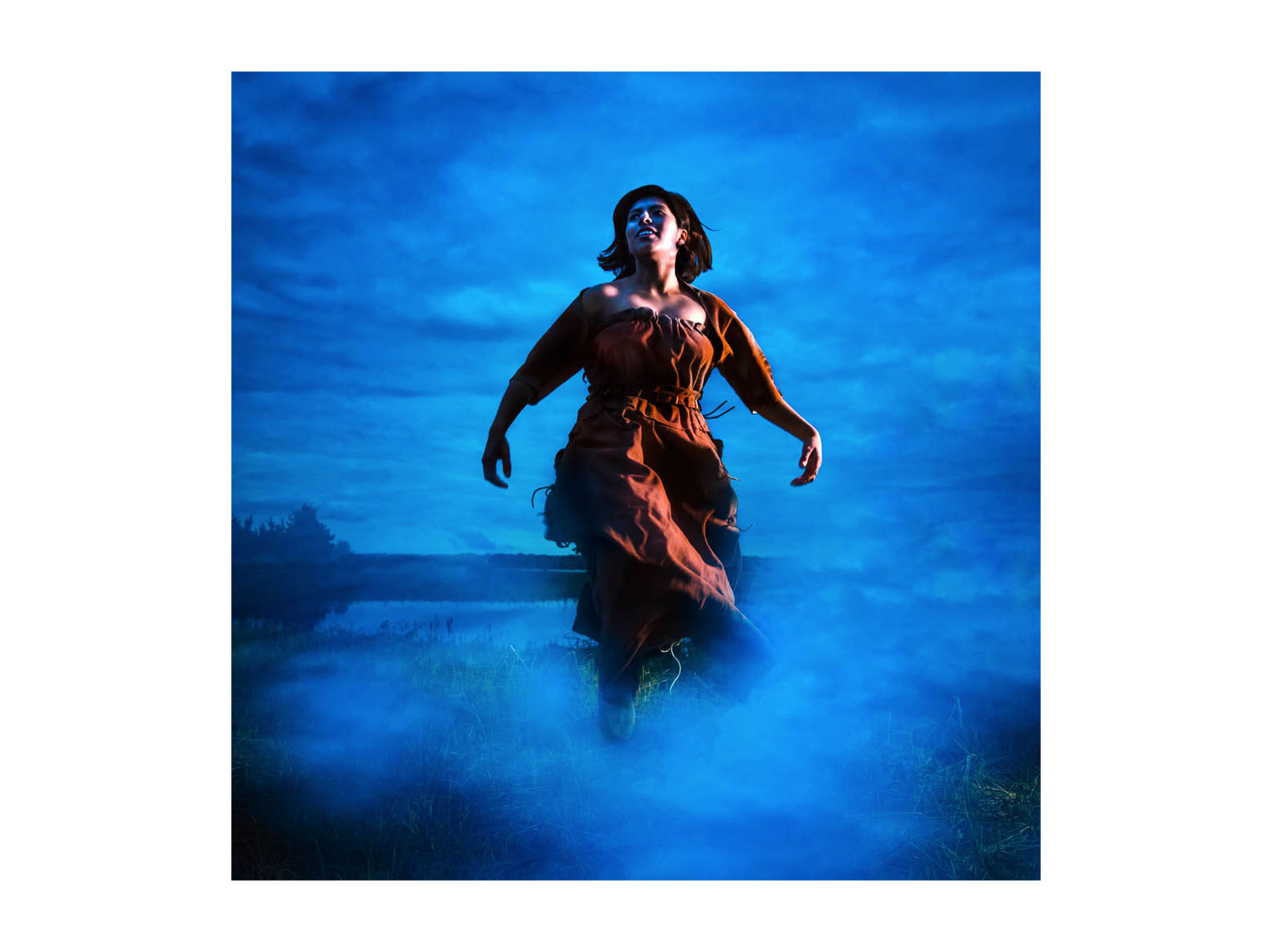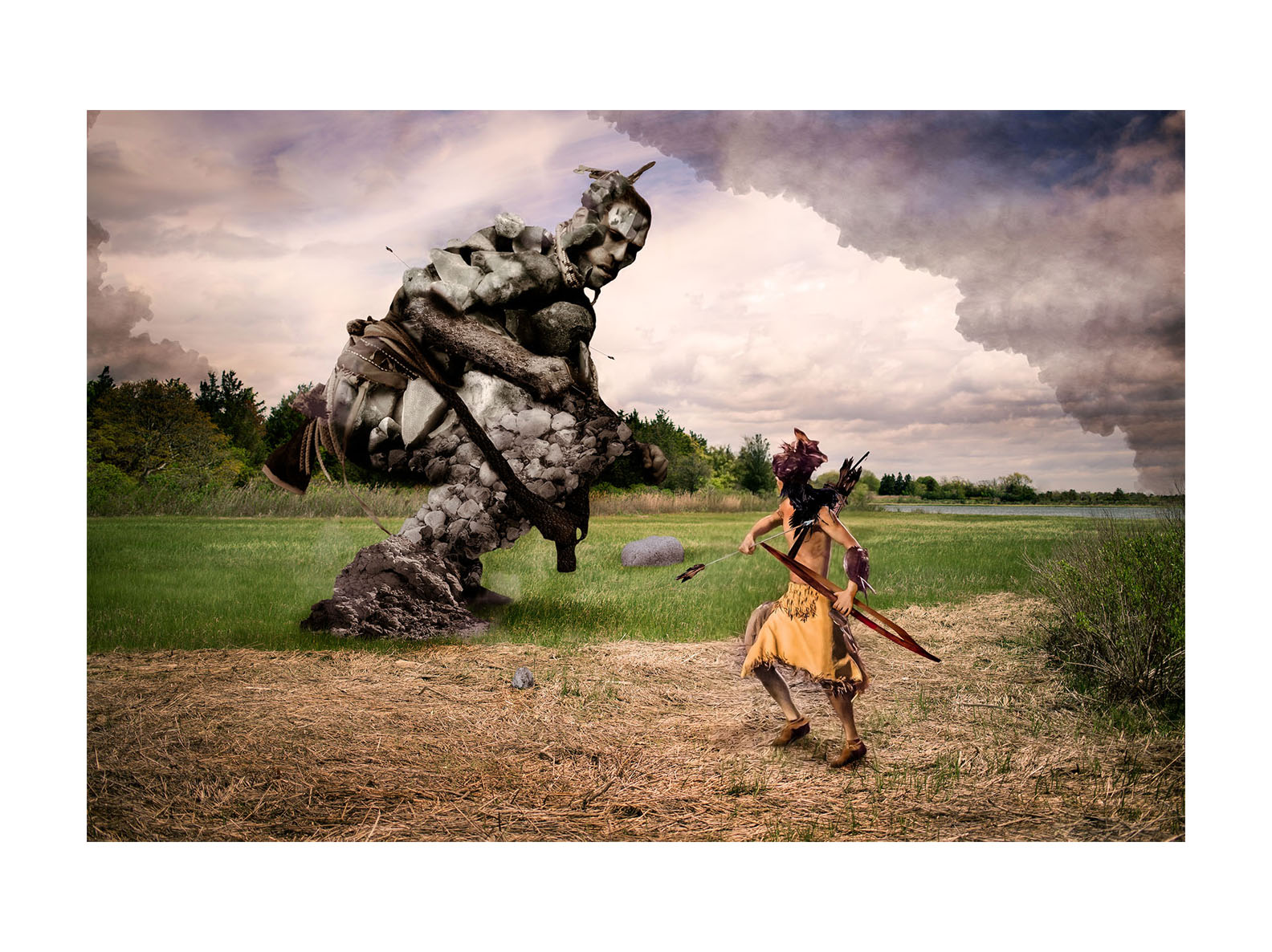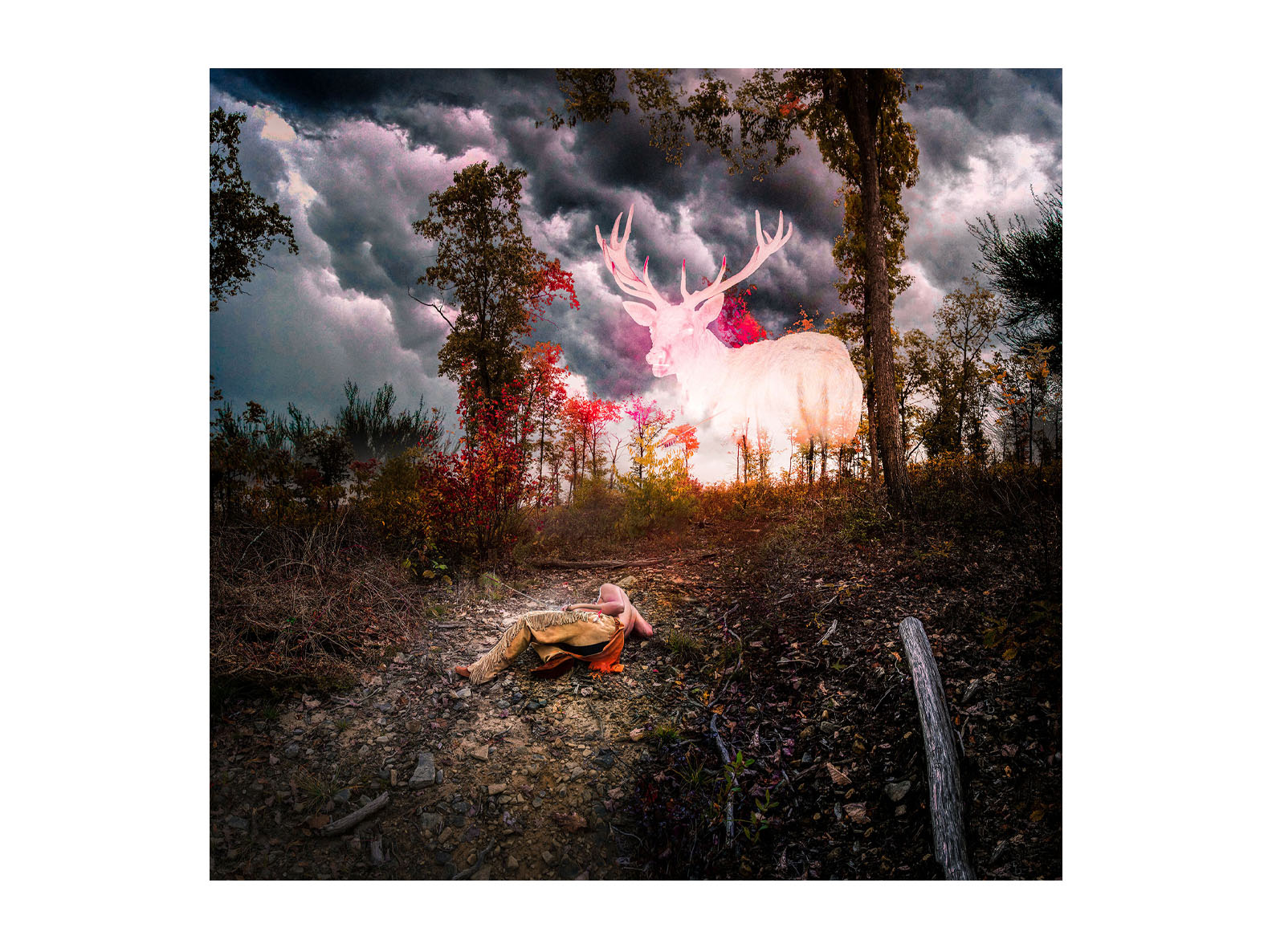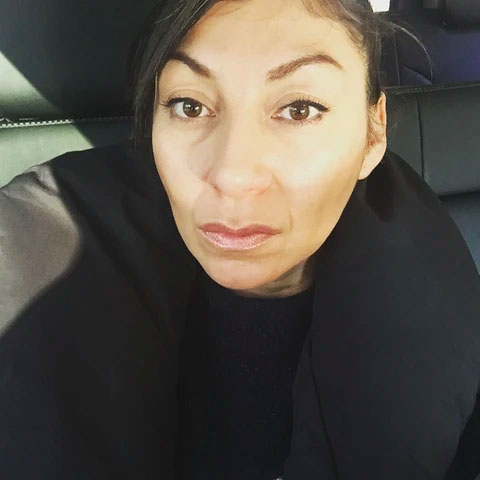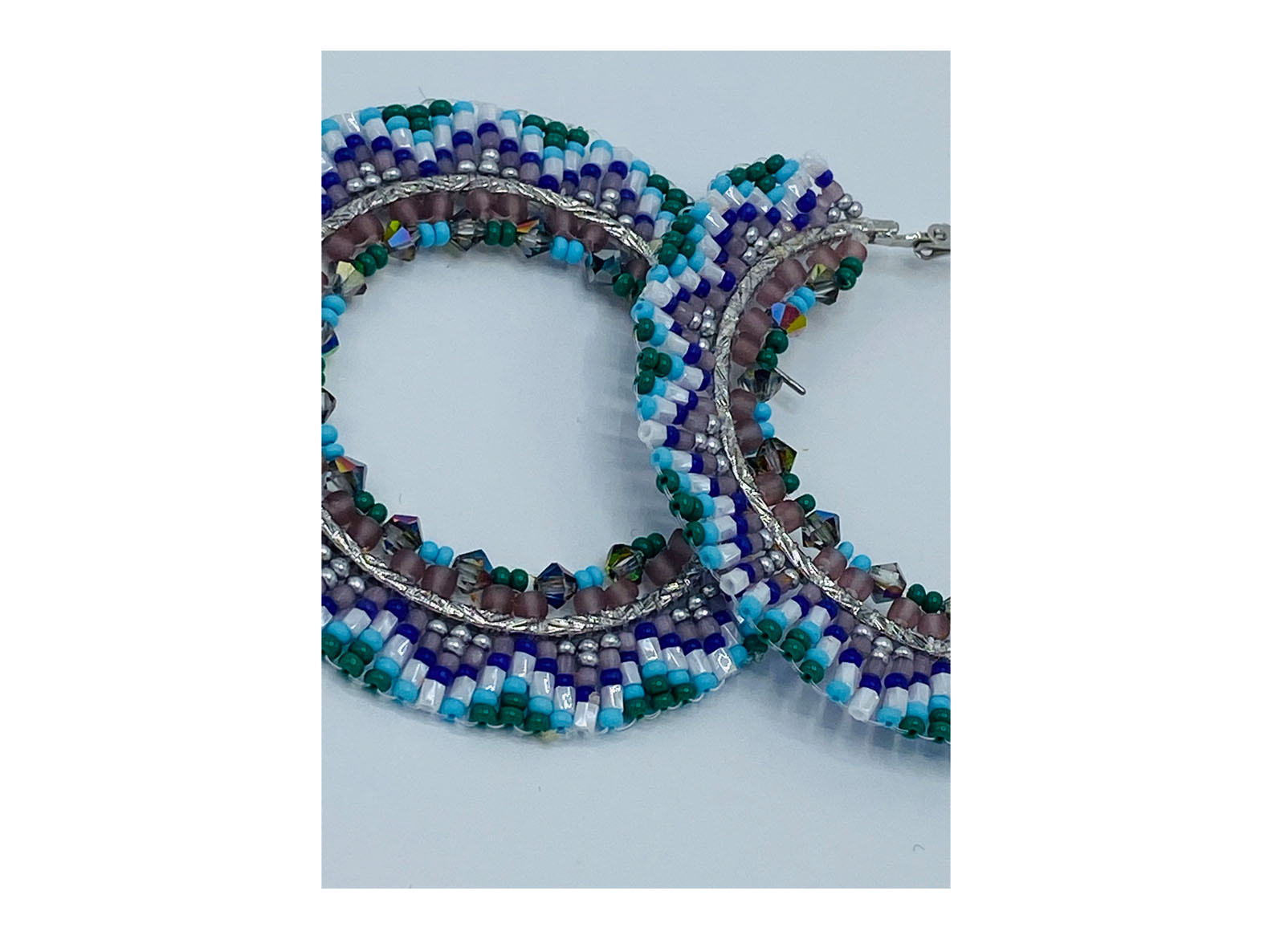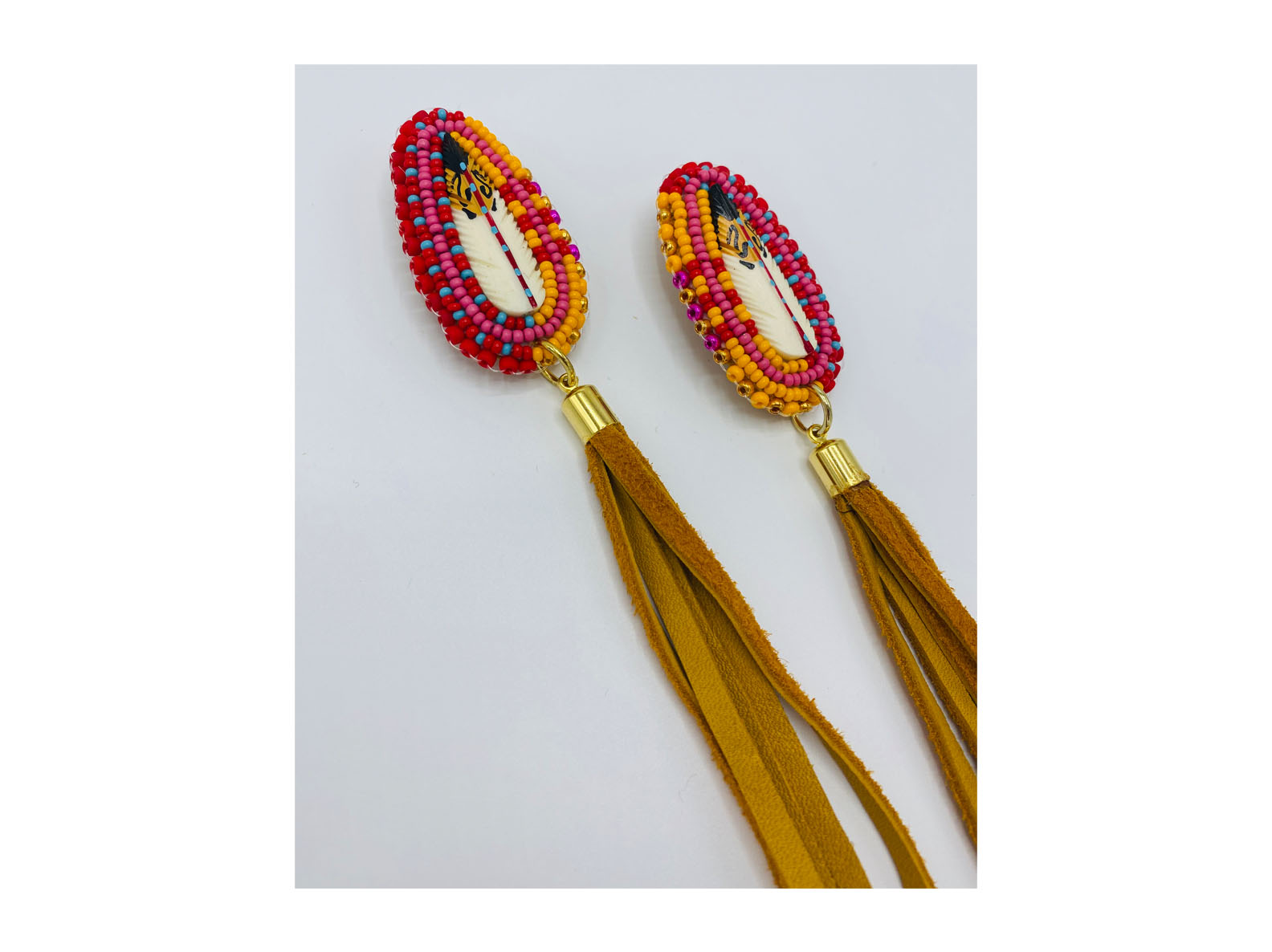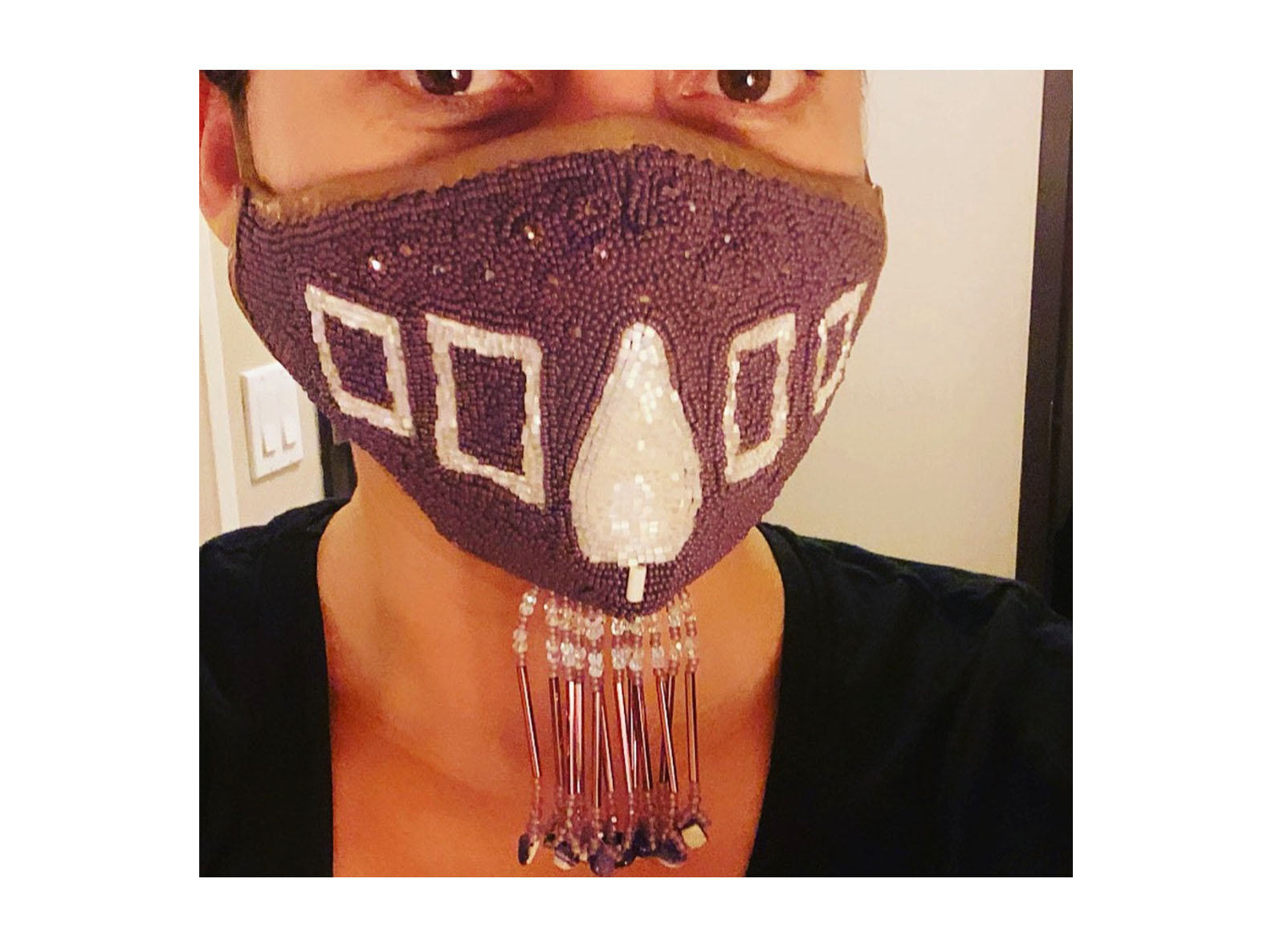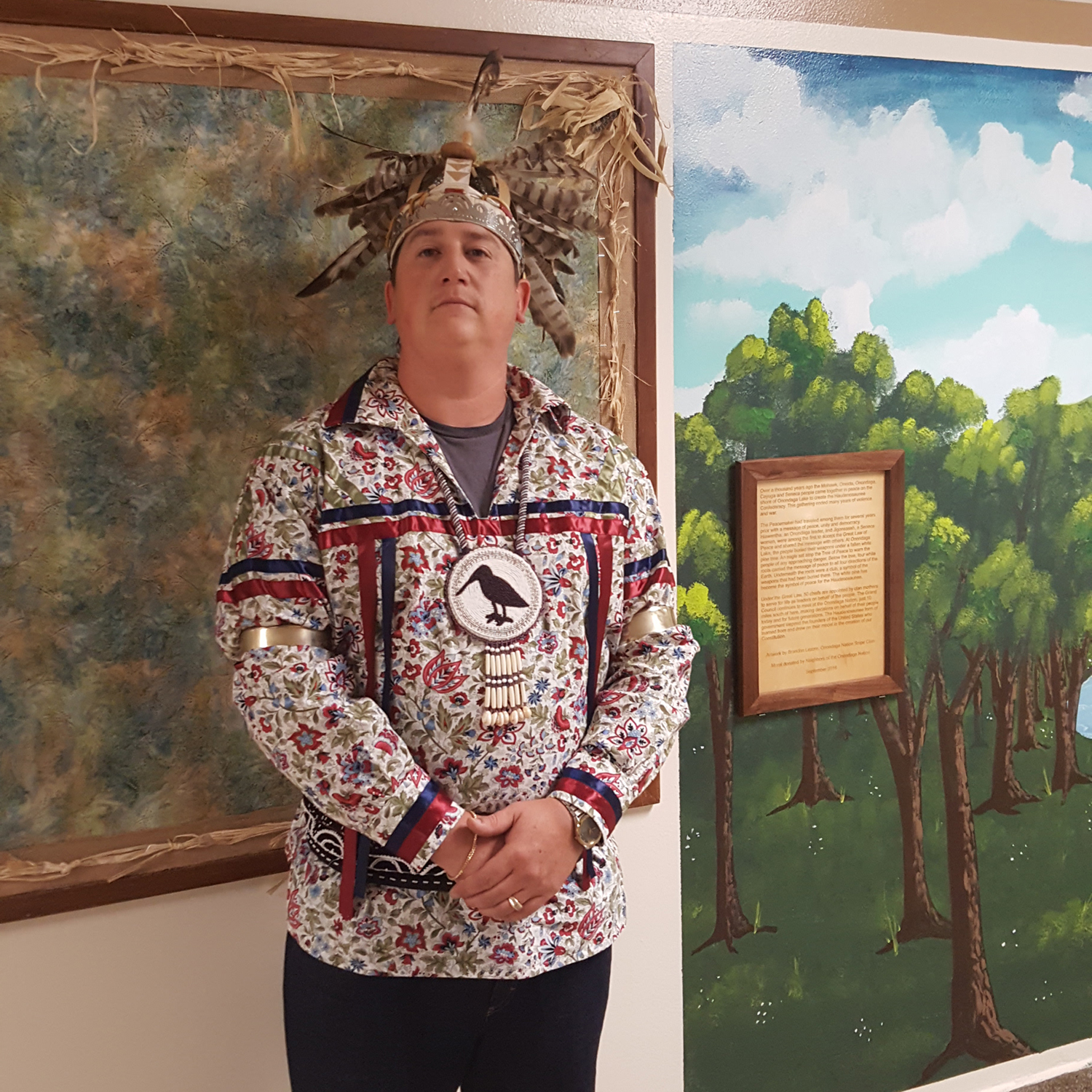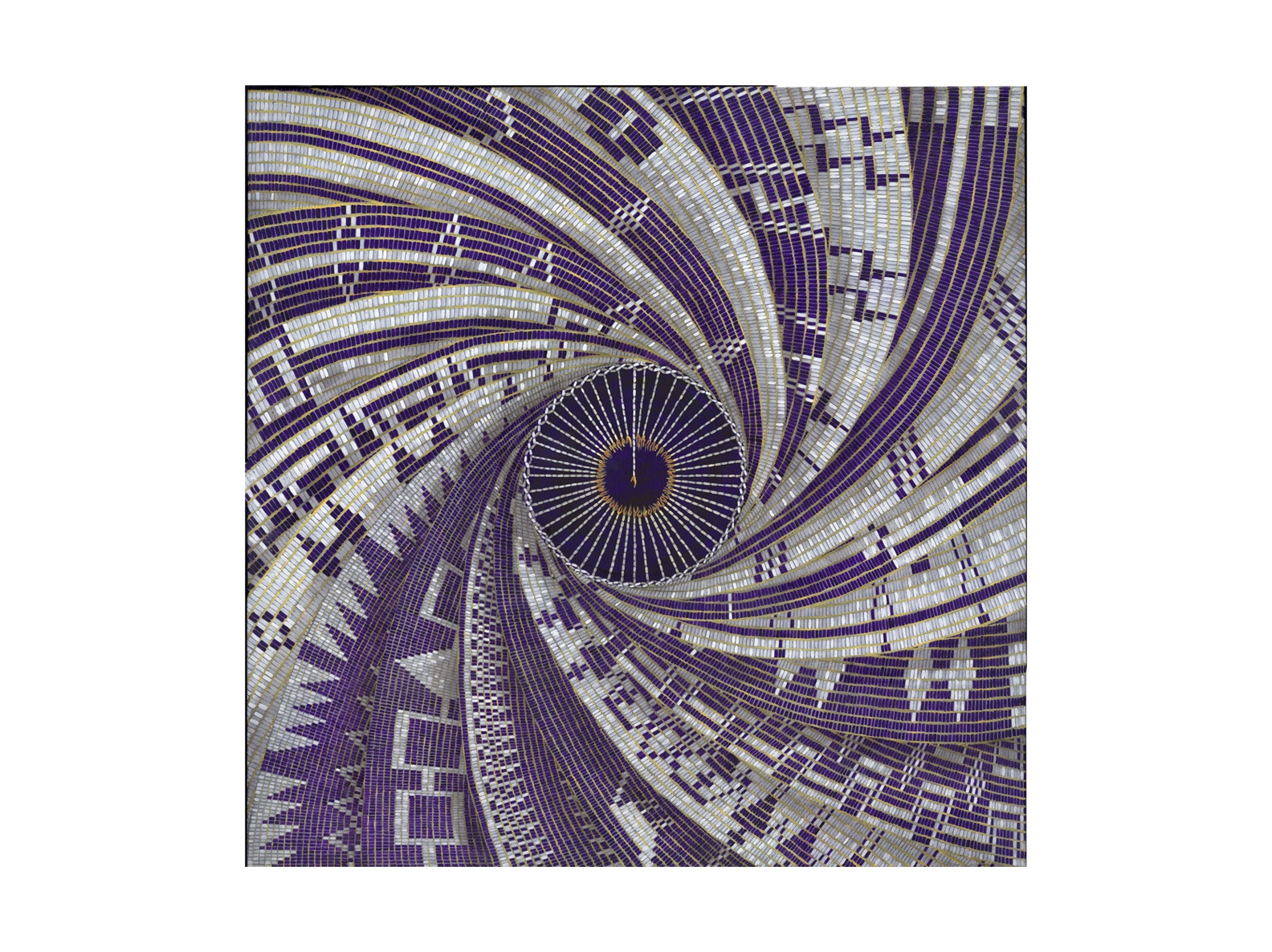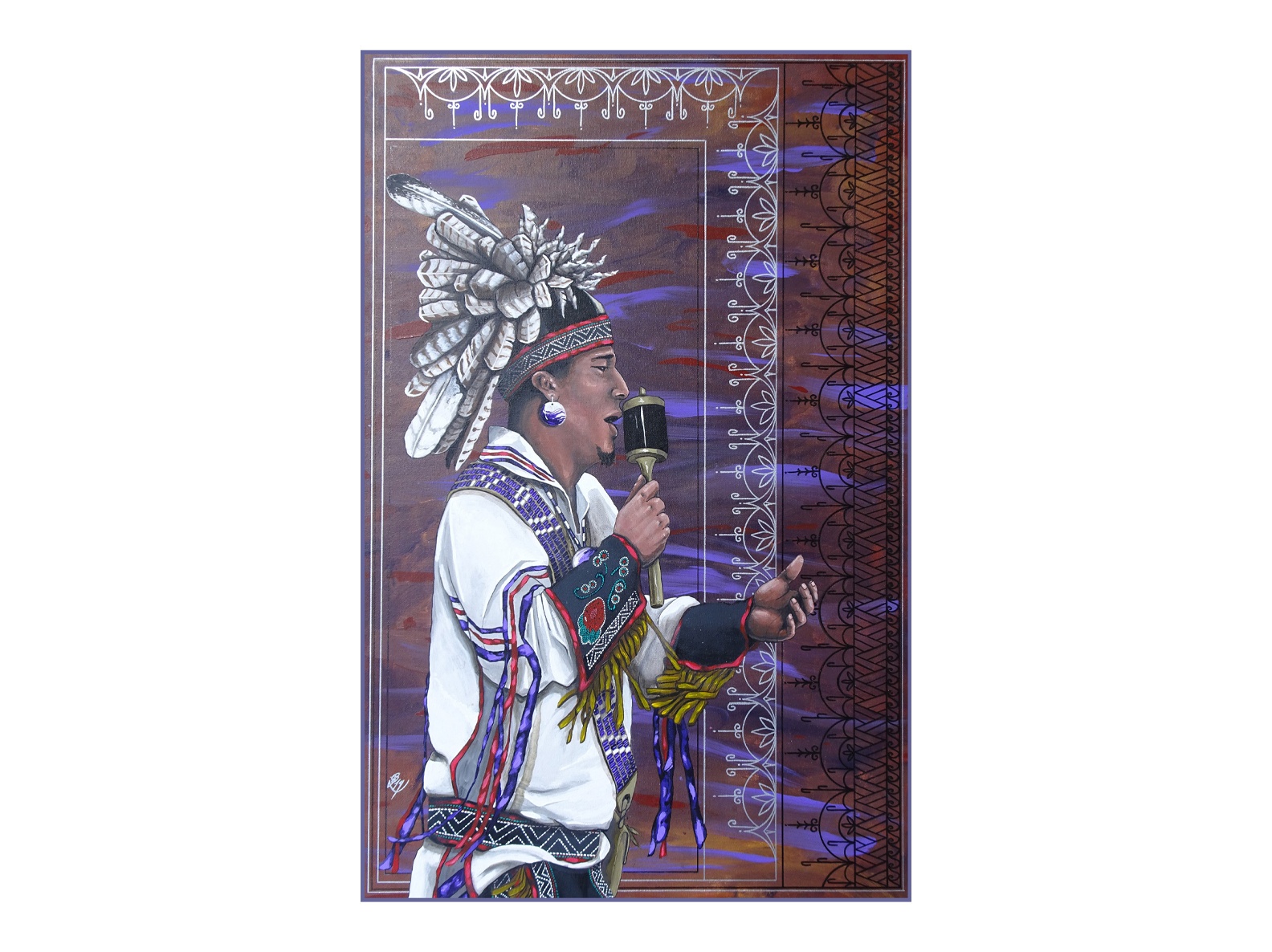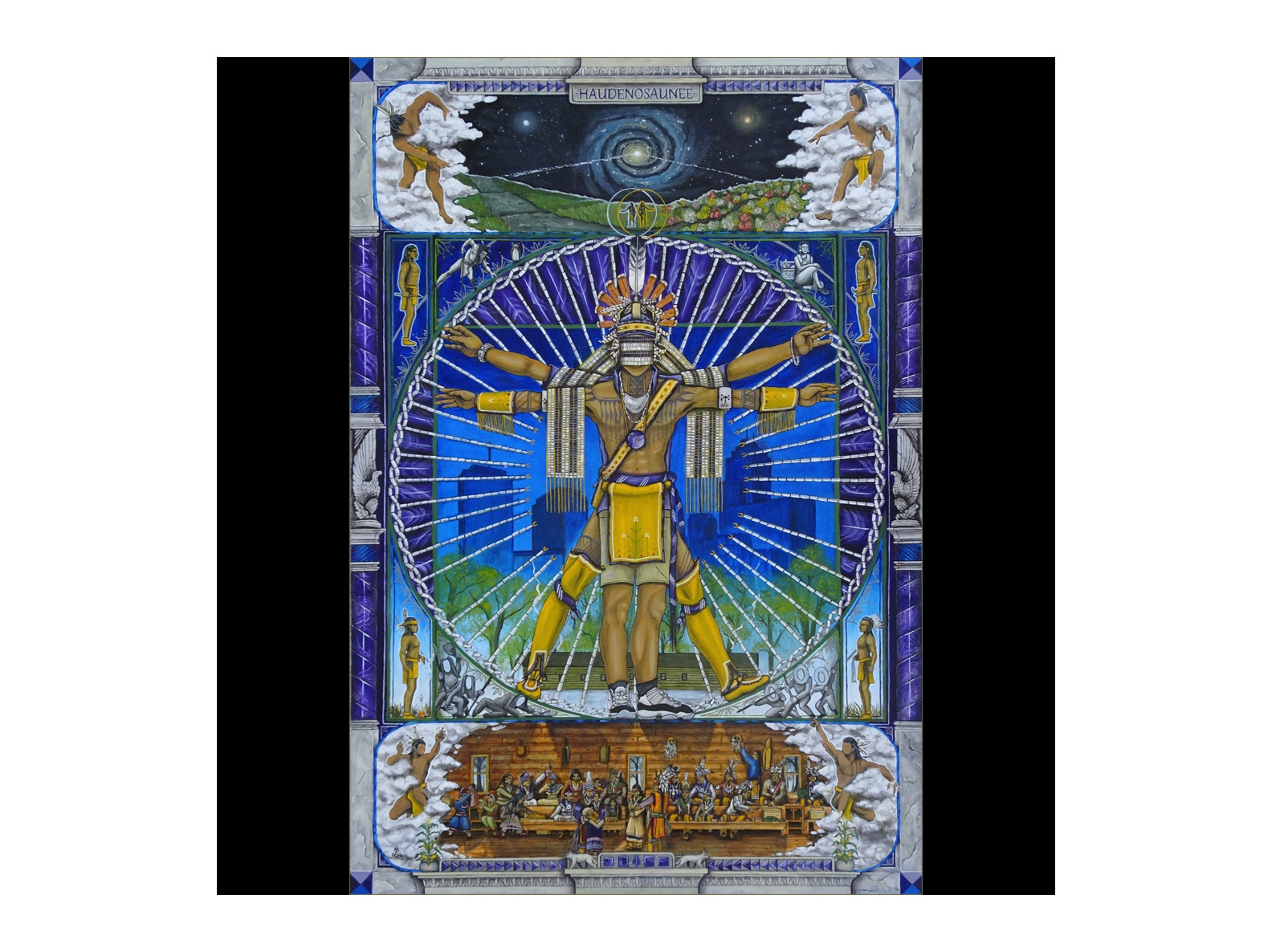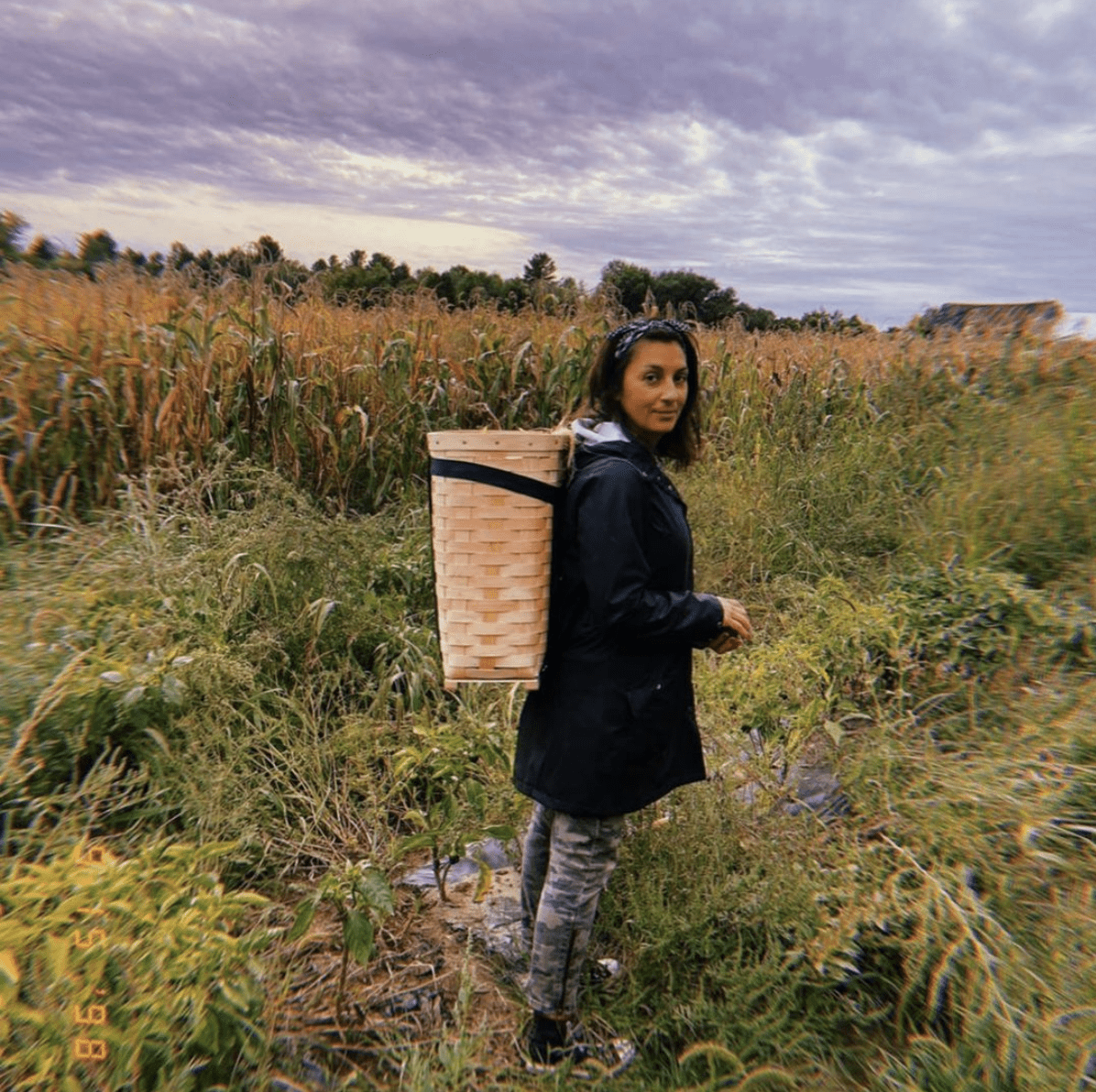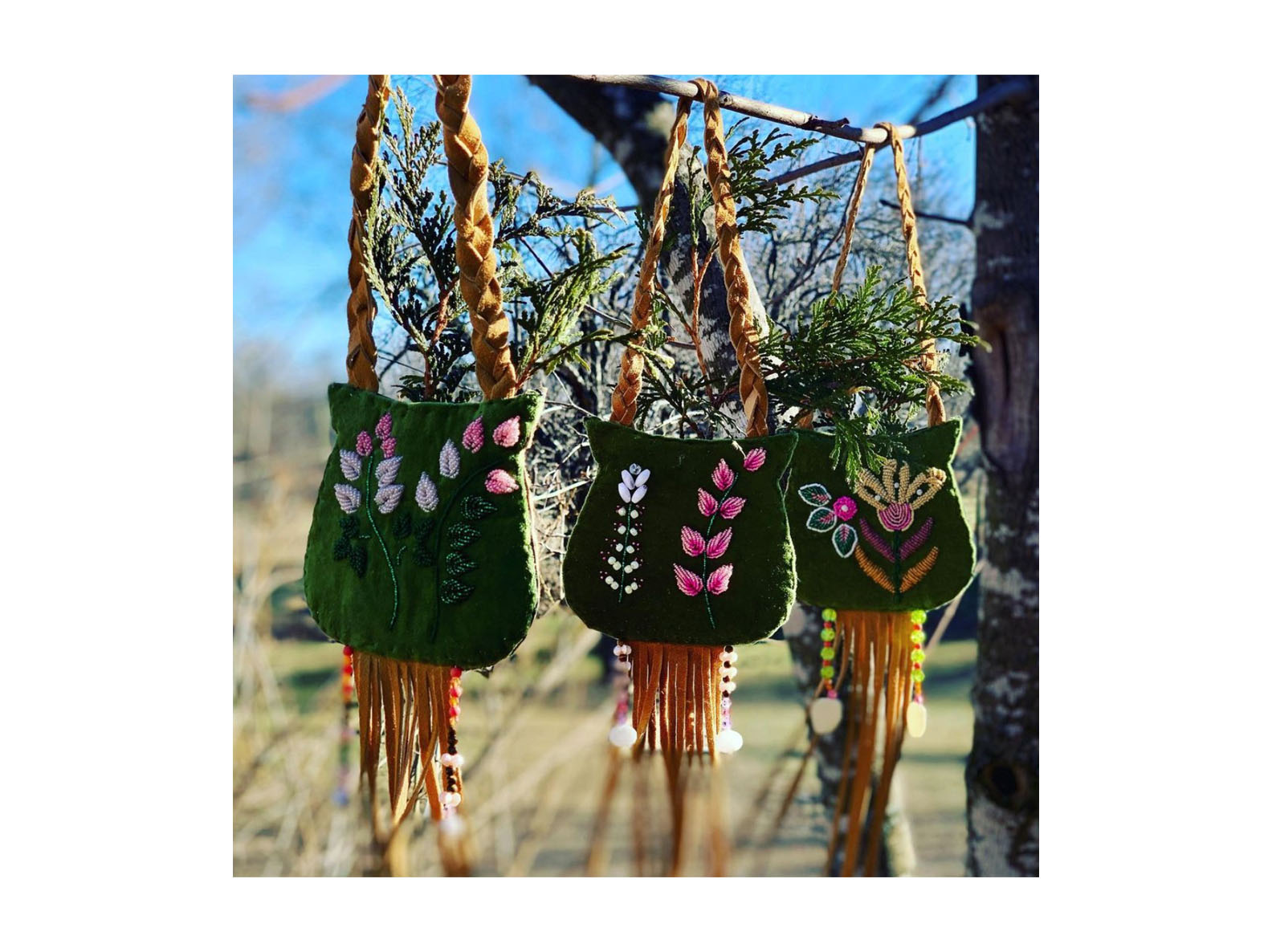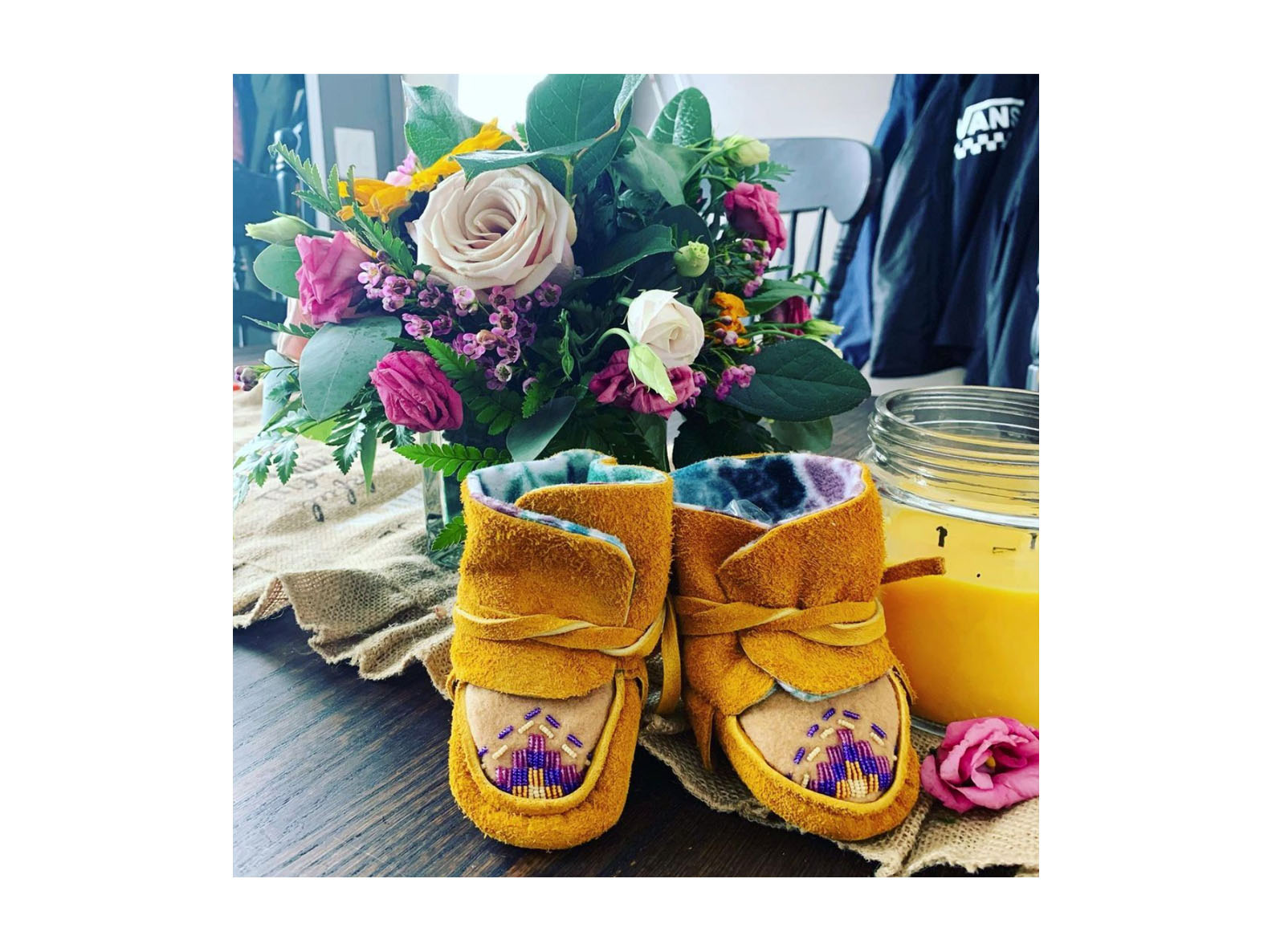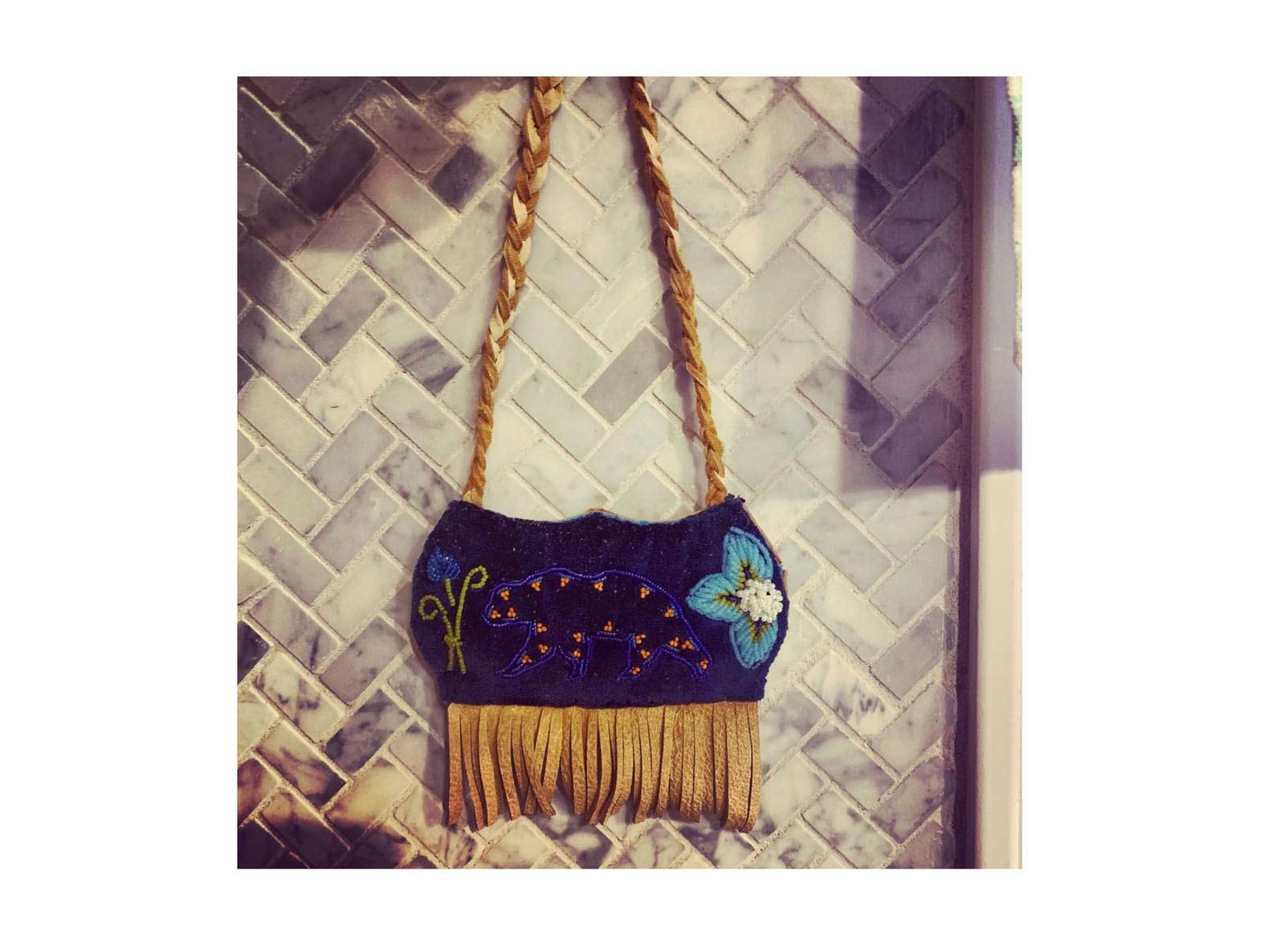The Wickquasgeck Trail, worn by the Lenape People over hills, through pine, oak, and chestnut woods, across open plains and fast waterways (a natural landscape that seems unimaginable on today’s gridlocked mountain of concrete and steel), stretched 13 miles from the southern tip of Manahatta to upstate New York. The street known as Broadway today roughly follows this Lenape trade route. Noisy and cluttered, bustling with commerce and cultural hot spots, Broadway is also a silent reminder of the precolonial era, the trauma of anti-Native violence, and the forced migration of the Lenape People.
In the 1930s, as the residents of 97 Orchard Street were preparing for their inevitable eviction during the depths of the Great Depression, Akwesasne and Kahnawa:ke people (of the Mohawk Nation) migrated to New York City for jobs in the extremely dangerous field of high-steel construction. These Mohawk men contributed heavily to the construction of New York City’s most iconic skyscrapers and bridges. Beyond a marvel of architecture, or symbolic of ingenuity and limitless possibility, the New York City Skyline is a bold declaration of Native identity. Yet popular associations of these buildings, roads and bridges eclipse the stories of their Native origins, risking the erasure of the complex and continuous Native histories.
